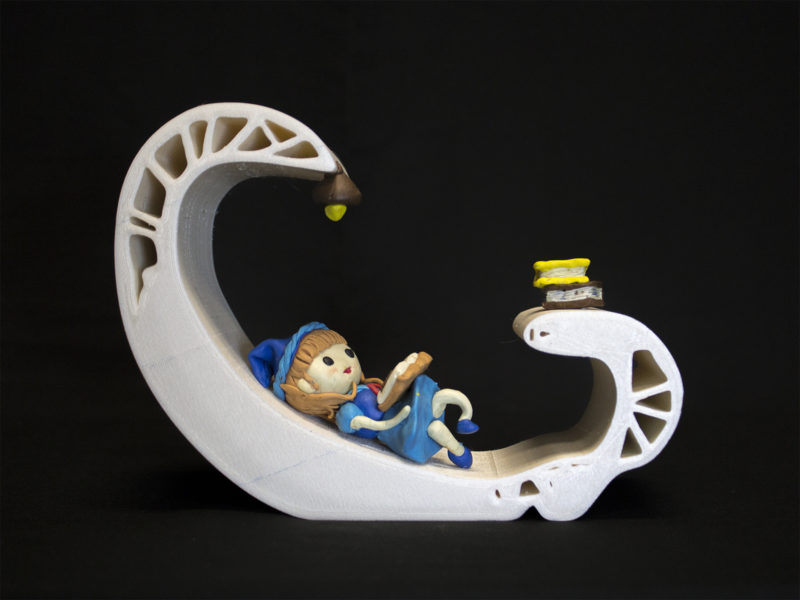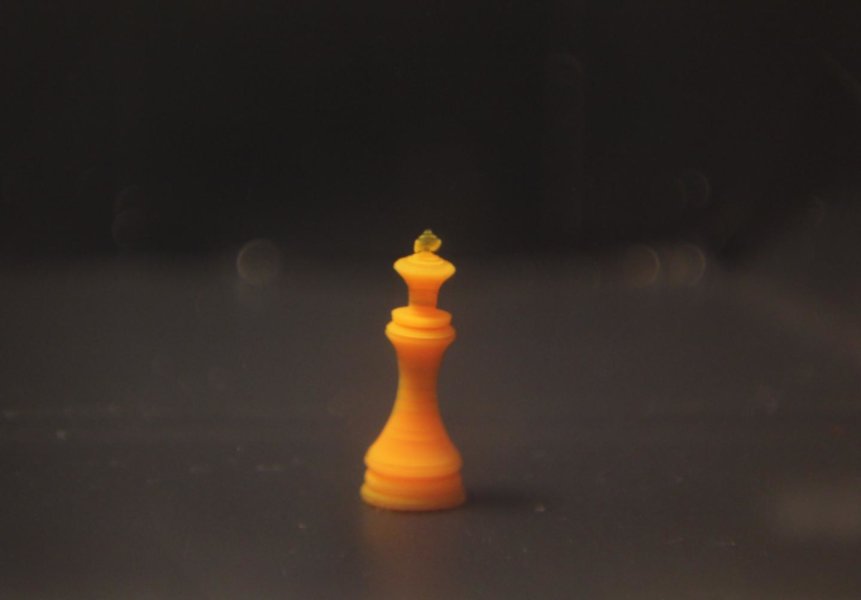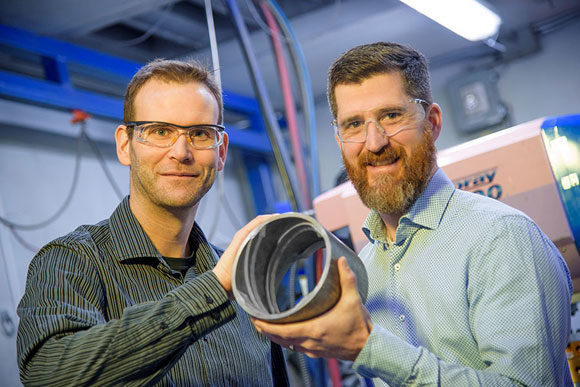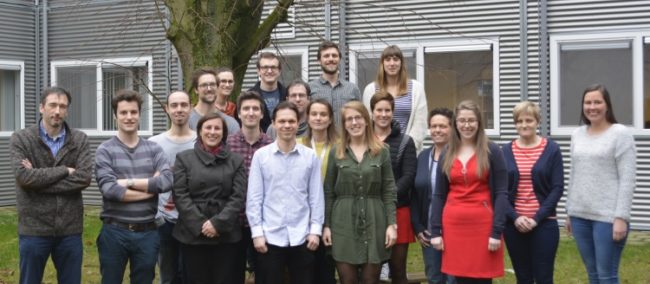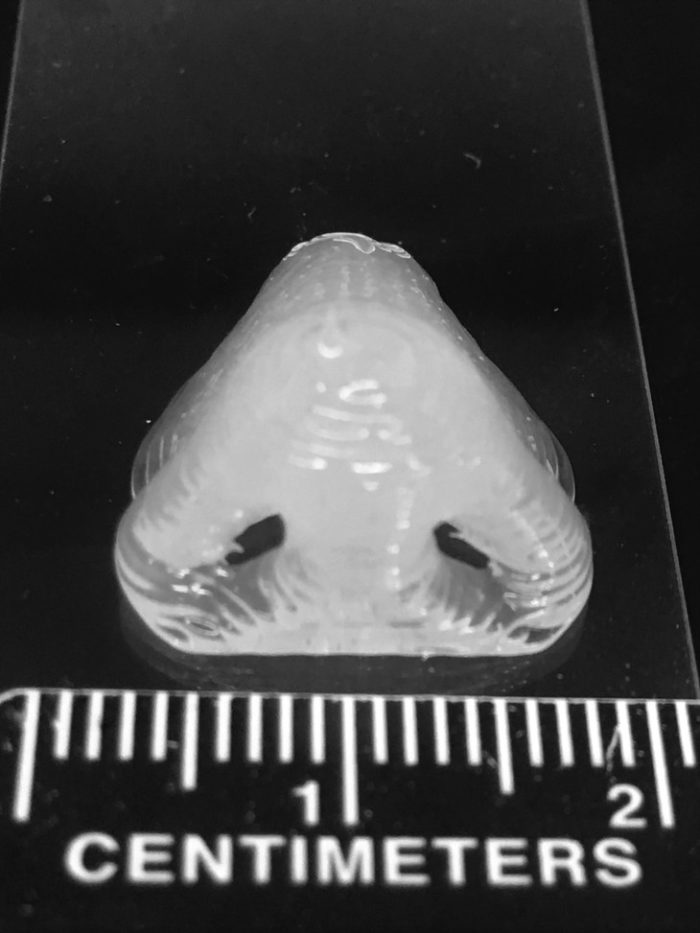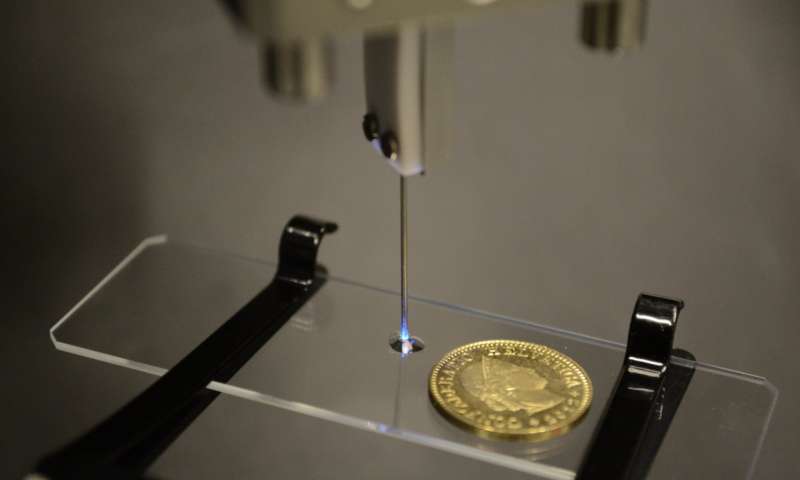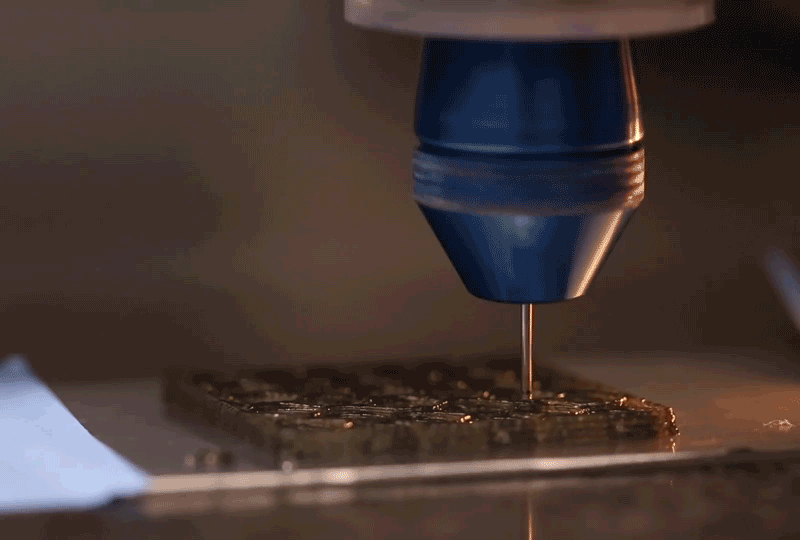Forte, the generative design tool that will ease the optimization of 3D printed objects
Anthony Chen, a researcher from Carnegie Mellon University, has recently created a generative design method to maximize performance on high-level specifications, for instance when customizing a 3D printed object.
Called “Forté”, his tool enables users...
From 3D Printing to 4D Printing: the morphing of objects
Engineers from Rutgers University developed a "4D printing" method from 3D printing that could lead to the development of "living" structures in human organs and tissues, soft robots and targeted drug delivery.
According to Howon...
ITAMCO’s 3D printed parts are way beyond 17-4 PH Stainless Steel
As part of a research project, ITAMCO (Indiana Technology and Manufacturing Companies), has additively manufactured parts made with EOS 17-4 PH IndustryLine metal powder that exceeded 17-4 PH Stainless Steel in tensile strength.
The project...
How to manufacture magnets using cold spray additive manufacturing?
The National Research Council of Canada (NRC) developed a new process of fabricating magnets for electric motors without assembly. The fabrication process involves the use of cold spray additive manufacturing technique. The research has...
Ghent University: How can 3D printing enhance cancer therapy research?
Researchers from Ghent University (in Belgium) implemented a preclinical model of peritoneal metastasis using 3D printing technology. The tumor model could contribute to the advancement of chemotherapy treatments.
Peritoneal metastasis
Peritoneal cancer is a major cause...
Gecko Biomedical raises €6M to develop 3D printed biopolymers for tissue reconstruction
Gecko, a French medical company received €6 million for its project proposal entitled “PIAVE” . Coordinated by the General Secretariate for Investment (SGPI) and operated by Bpifrance, the company developed an exclusive platform of...
How can 3D Printing enhance cell adhesion and strength of PDMS polymer?
A team of Penn State researchers discovers how 3D printing can improve cell adhesion and strength of PDMS polymer. The mix of two different polymer forms can switch manufacturing of silicone parts from molding,...
What if you could 3D print drugs at home?
Researchers from Scotland’s University of Glasgow discovered a new approach to drug manufacturing that brings us closer to the possibility of printing drugs at home.
The principle is simple: customized manufacturing.
Researchers have tailored a...
3D Print Microstructures using Optical fibers
According to researchers, optical fiber can be used to create microscopic structures with laser-based 3D printing. Some day for sure, one will use this technique with an endoscope to manufacture tiny biocompatible structures directly...
Researchers from SEAS developed new rotational 3D printing technique
Researchers at the Harvard John A. Paulson School of Engineering and Applied Sciences (SEAS) discovered a novel 3D printing method that offers unprecedented control over the arrangement of short fibers embedded in polymer matrices.
This 3D printing...


